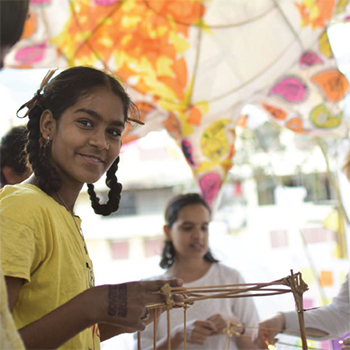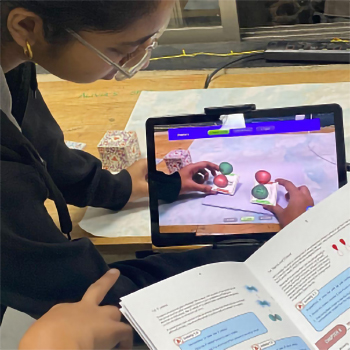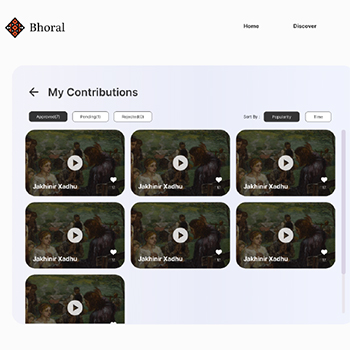Spatial ability plays an important role in chemistry learning, as students are required to visualise specific microstructures, but the visualisation of chemistry topics is a difficult task for students with traditional methods. Teachers and academicians use various analogies and methods to help students understand the topic. Still topics like hybridisation, which is a very abstract concept in itself where multiple atomic orbitals are mixed together to form new hybrid orbitals, students find difficulty in understanding the concept and end up mugging it. This project is focused on how we can visualise the concept of hybridisation in a more intuitive manner for students with the help of augmented reality. As augmented reality is becoming more accessible day by day, it's a good opportunity for teachers as well as students to leverage the capabilities of AR for better learning opportunities. The objective of the project is to develop a working prototype through novel design interventions in augmented reality while exploring different marker-based interaction techniques.


